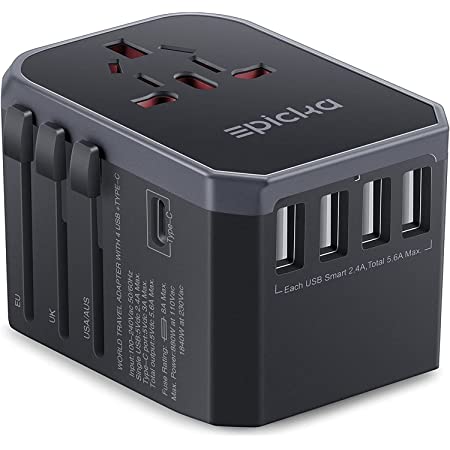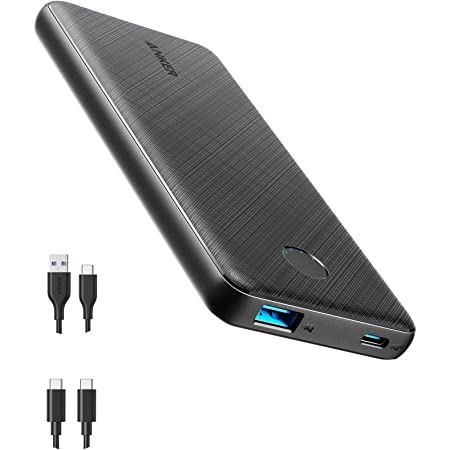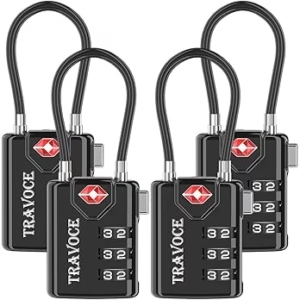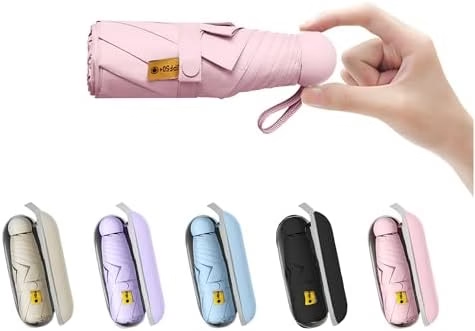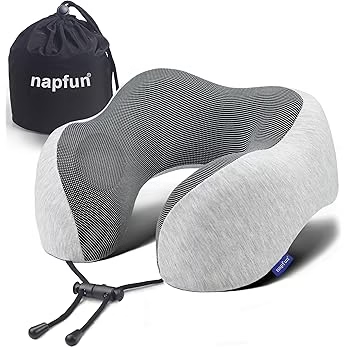Plug For Serbia: What You Need To Know
What is the plug for Serbia? Before you travel, check the information below to make sure your electronic devices are compatible with the outlet type and voltage.
Electrical Summary
Plug Compatibility: Type C, Type F
Voltage: 220V – 240V
Frequency: 50 Hz
Type C

Type F
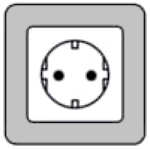
Can North Americans use Electronics in Serbia without an Adapter?
No! North Americans will need an adapter for the outlets and a transformer for the voltage when traveling to Serbia. North Americans device plugs will not work with the outlet types in Serbia. Also, the voltage in Serbia is different from North American voltages.
Can Europeans use Electronics in Serbia without an adapter?
Yes! Europeans do not need a travel adapter or transformer when traveling to Serbia. Most device plugs will work with the outlet types in Serbia. Also, the voltage in Serbia is the same as in Europe.
What Outlet does Serbia Use?
Type C

Type C plug sockets are used in Europe, Africa and Asia. They have two round pins and no grounding pin. These plugs are typically used with devices that have a voltage of 220-240V. This outlet is rated for 2.5 amps. Plug Type E, and Type F are compatible with this socket. All other plug types will need an adapter.
Type F

Type F electrical plug sockets are used in Germany, Spain, Italy and some parts of Africa. They have two round pins and a grounding pin. These outlets are typically used with devices that have a voltage of 220-240V. This outlet is rated for 16 amps. Plug Type C and Type E are compatible with this socket. All other plug types will need an adapter.
Recommended Products:
Should I use a VPN when traveling?
YES! Using a VPN when traveling is highly recommended to protect your online privacy and security. Public Wi-Fi networks in hotels, airports, and cafés are often unsecured, making you vulnerable to hackers and data theft. A VPN encrypts your internet connection, safeguarding sensitive information like passwords and banking details. It also allows you to bypass geo-restrictions, granting access to streaming services and websites that may be blocked in certain countries. Additionally, a VPN helps prevent government surveillance and ISP tracking. For a seamless and secure browsing experience while traveling, choose a reliable VPN with fast speeds and strong encryption.
Serbia Travel Essentials:
Is it safe to drink water in Serbia?
In Serbia, the tap water is generally safe to drink in urban areas, such as Belgrade, Novi Sad, and other larger cities. However, in rural areas, the quality of the water may not be as good, and it is recommended to drink bottled water or boil the tap water before consuming it.
The water quality in Serbia is monitored by the Serbian Ministry of Health and the Public Health Institute. While the tap water is treated and disinfected, it may still contain high levels of minerals, chlorine, or other substances that can affect the taste and smell of the water.
If you have any concerns about the safety or quality of the tap water in Serbia, it is recommended to check with the local authorities or your accommodation provider. Bottled water is widely available and can be purchased at supermarkets, kiosks, and other stores.
We recommend always packing a filtered water bottle when traveling!
Travel Essentials
Be sure to check our list of travel essentials before your trip!
Should I get travel insurance when traveling to Serbia?
It is generally recommended to get travel insurance when traveling to a different country. Travel insurance can provide financial protection and peace of mind in case of unexpected events, such as medical emergencies, trip cancellations, lost or stolen baggage, or other travel-related mishaps.
Travel insurance can cover various expenses related to your trip, such as medical expenses, emergency medical transportation, trip cancellation or interruption, lost or stolen baggage or personal belongings, and other travel-related expenses.
Before purchasing travel insurance, it’s important to carefully review the policy details, including the coverage limits, exclusions, and any applicable deductibles or copays. You should also make sure that the policy covers any activities or destinations that you plan to participate in or visit during your trip. Click here to price Travel Insurance for Serbia
Travel Summary
Serbia is a beautiful country located in Southeast Europe, known for its rich history, stunning architecture, and vibrant cultural scene.
The capital city, Belgrade, is a top tourist destination, known for its stunning landmarks such as the Belgrade Fortress, the Saint Sava Temple, and the Republic Square. Visitors can also enjoy the city’s lively nightlife, delicious cuisine, and cultural events.
Beyond Belgrade, there are many other regions in Serbia that are worth exploring. The Vojvodina region, located in the north of the country, is famous for its beautiful Baroque architecture, charming towns, and delicious food. Visitors can also enjoy outdoor activities such as hiking, cycling, and fishing.
The Drina River region, located in the east of the country, is another popular destination known for its stunning natural beauty and unique cultural heritage. Visitors can explore the region’s traditional wooden houses, experience the local cuisine, and enjoy outdoor activities such as rafting and kayaking.
Overall, Serbia is a beautiful country with a rich history and culture, stunning architecture, and delicious cuisine. It is a must-visit destination for anyone looking for a unique and memorable travel experience in Southeast Europe.
Traveling to another country? Check out our Countries page for more info on other countries like Croatia, Bosnia, Albania, Bulgaria, Romania, North Macedonia, Kosovo, Russia

